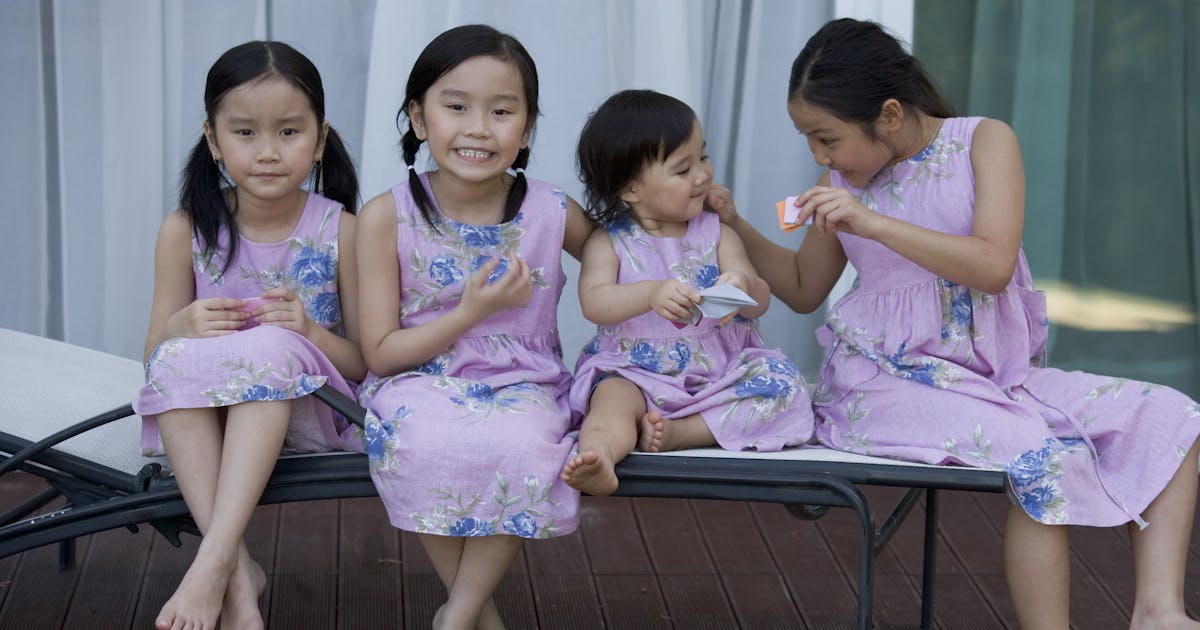
When I was a kid, I had this friend who was the fourth of what would ultimately be eight brothers. Just about every year or so, his mom would get pregnant and every year — boom — another brother. Now, common knowledge tells us that a baby’s sex is basically a 50/50 chance for a boy or a girl, but a new study from Harvard suggests, actually, strict statistics may take a back seat for “boy moms” and “girl moms.”
Researchers at Harvard, led by Siwen Wang, began with a casual observation. A lot of their friends, family members, and colleagues seemed to be having all boys or all girls. And so, being researchers at Harvard, they couldn’t simply let that observation just sit there: they examined the birthing records of more than 58,000 women from the Nurses’ Health Study, which tracked nearly 150,000 pregnancies from 1956 to 2015. The study, which was published earlier this month in the journal Science Advances, found families with three or more children were more likely to have “unisexual sibships” than the colloquially expected 50/50 odds.
“Offspring sex followed a beta-binomial rather than a simple binomial distribution, indicating that each family may have a unique probability of male or female births, akin to a weighted coin toss,” the abstract reads.
While families with two kids were most likely to have “balanced offspring” (aka “one of each”) — indeed, two siblings of the same sex were underrepresented in the data — single sex clustering was overrepresented in sibships of three or more.
Using this information, the researchers then calculated the probabilities of the next birth being a boy or a girl, if previous births were of the same sex. In families with three boys, the probability of having another boy was 61%; three-girl families had a 58% chance of having another girl.
Researchers also observed that older maternal age may be associated with higher odds of having single-sex offspring. This, they hypothesize, may be due to biological changes in the body (e.g. shorter follicular phase, lower vaginal pH) that may favor the survival of X or Y chromosomes, depending on specific factors. “Each woman may have a different predisposition to each of these factors as they age, which could lead to a higher probability of consistently producing same-sex offspring,” they wrote.
The study did have limitations, of course, as all studies do. No information was taken regarding the fathers of the children which, obviously, can play a role in a child’s sex. Half-siblings, also, could not be identified. Moreover, the sample size, while very large, was overwhelmingly white women (95%) in the United States. Moreover, since all the women in the study were nurses, it’s unclear whether there might be something about the profession that predisposes them toward having all boys or all girls.
Disclaimer: This content was automatically imported from a third-party source via RSS feed. The original source is: https://www.scarymommy.com/parenting/chances-of-all-boys-all-girls. xn--babytilbehr-pgb.com does not claim ownership of this content. All rights remain with the original publisher.






